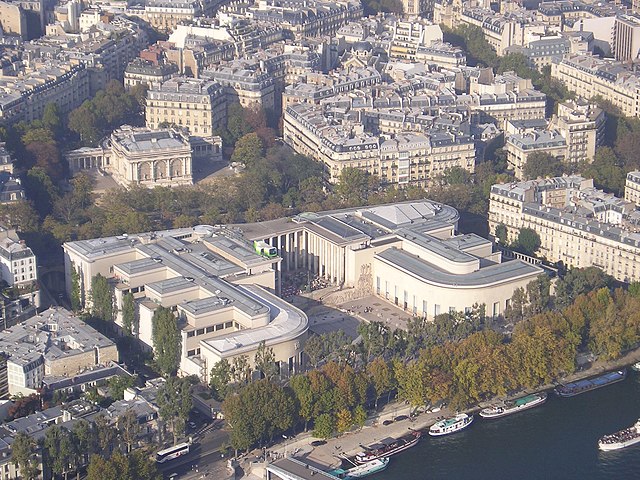A simple
sewing needle made big news in Europe this week. Besides hitting the papers,
this needle featured in prime time, international TV broadcasts too.
What made an ordinary stitching implement so special? Location, location, location, my friend. The
needle was on show, so to speak, at the Palais
de Tokyo , Paris’ Museum of Contemporary Art. It was hidden in a not-so-proverbial
haystack. Italian performance artists Sven
Sachsalber had just 48 hours to find it.
 |
| Irish Haystacks by Johnathan Wilkins (c) Creative Commons |
What’s the
point of this needle? The Museum’s director Jean de Loisy explained the exhibit
this way: ''It is a symbol of the search we are all doing for something.'' Honest,
he really said that.
I’m gob
smacked. Here is a museum director who
understands a needle’s role the process of discovering ourselves. He sees the
artist’s search and experience very important. Hooray for that. But the embroiderer in me is
incensed. The director breezes over embroidery. It’s the process of discovery
that is so important to him.
A needle is indispensable to those of us who
explore the creative process – and discover ourselves--through the needle arts.
But hang on; needles shouldn’t have any thread
in them. That would leave a trace of the
effort that many of us have expended during our quest of discovery. The quest
and product would be embroidery and definitely not comme il faut.
I am delighted that the museum director gets
that needles are associated with doing something time consuming (thus life consuming),
but hay—oops hey-- this is ridiculous.
A search
for something concrete, like a needle in a haystack, is art when it is
performed by a young handsome man devoting two days of his life to it in front
of on lookers. (Let’s hope that his time
is paid for.) The private process of embroidery,
or even its concrete product, is not worth the time of the art establishment
despite the thought and technical skill that embroiderers put into them. Why?
You tell me.
And the questions keep coming. Why haven’t hundreds
of thousands of embroiderers worldwide produced artistic superstars worth shows
in the galleries of the art establishment? Statistically there must be fantastic
contemporary embroiderers
out there. Surely finding them must be worth the effort of finding a needle in
a haystack. And much more interesting, I
would say.
 |
| Palais de Tokyo in Paris by Strobilomyces |
One
adjudicator of modern taste the MOMA, Museum of Modern Art in New York, has an ongoing
workshop exploring modern gas masks and embroidery. It’s performance based, vanishing
at the end of the day. A search of the Palais de Tokyo website –not the haystack--unearthed
a previous exhibition featuring embroidery as fashion embellishment. Embroidery is clearly not the main event. And
New York’s Metropolitan Museum of Art did a show on textile history. That’s
about as good as it gets fans. The Museum of Craft and Design has a collection
of modern embroideries but you can’t search their site!
After years
of pondering these questions as I stitch away trying to understand the world, the answer appearing out of the
mist seems to be that much embroidery—not all—is made by women. And that’s the rub, impediment, explanation, whatever
you want to call it. Amanda Vickery
explored the lot of female painters through the centuries in a brilliant BBC series. The programs got a wonderful review
in the Guardian. A quick look at the
comments from enthusiastic female readers shows there is a broader understanding
of sexism and feminism a foot. So if you
see embroidery as that subset of art primarily practiced by women, often older
women, how can the lack societal interest be anything else than it is: Benign neglect.
Because
embroiderers understand this condition doesn’t imply we accept it. There are many
more urgent existential problems facing women that deserve society’s attention
and resources. We don’t make a fuss. Still that doesn’t mean that embroiderers
shouldn’t call attention to sexism and ageism. Nor should we shrink from the
opportunity to needle the art establishment or to prick their consciences. It
just might set someone of them searching the haystacks of their souls.

